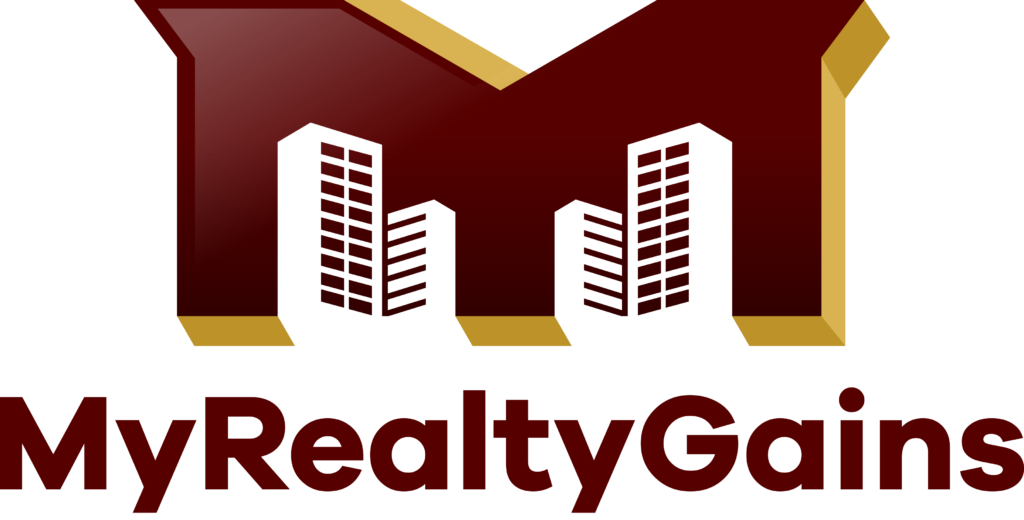Maybe you’ve been in the middle of a discussion about how unfair it is that wealthy individuals pay so little in taxes.
It’s true, right? It’s as if the tax system is designed to benefit the rich, but it ends up being unfair to the middle class.
However, that’s a myth, and we’re here to clarify how the system works.
As long as we know how to use the tax system, we can all benefit. There is no secret or hack that only the rich use; everything you need to know is right out there in the open for anyone who is willing to figure it out.
You need to learn about this little thing called Cost Segregation.
What Is Cost Segregation?
Cost Segregation is a tax strategy that lets homeowners apply accelerated depreciation deductions to the income they receive from rental properties in order to maximize their cash flow and reduce their federal and state income taxes.
In this process, certain internal and external components of a building, which are typically depreciated over 39 or 27.5 years for commercial and residential properties, respectively, are broken down and reclassified into personal property or land improvements that are depreciated over 5, 7, or 15 years.
A cost segregation study is needed to achieve this. Often, these studies are carried out by a team of qualified engineers and/or CPAs.
Benefits Of Cost Segregation For Investors
Cost segregation can lower taxes and increase a property’s cash flow dramatically, particularly in its first few years of operation.
Due to the Tax Cuts and Jobs Act, used movable goods placed into service after 09/27/17 are eligible for a 100% depreciation premium. In other words, real estate investors can deduct 100% of 5, 7, and 15 year properties in the first year.
Cost segregation is so powerful and can save you a lot of money on taxes!
Obviously, the building itself still has to be depreciated over 27.5 or 39 years. Don’t forget that land cannot be depreciated.
Here are some examples:
Situation A
Marie, who is in the 24% tax bracket, purchases a 24 unit apartment building for $1,000,000, putting it into service in 2018. She does not perform a cost segregation study.
According to her CPA:
The building is then depreciated over 27.5 years, so she can claim a depreciation expense of $29,090.91.
The following are her income and expenses:
Marie will have to pay taxes on the $90,909.09 she received from the property. In spite of this, the depreciation expense reduced Marie’s tax liability by $6,981.82, and since depreciation is a non-cash expense, she still has $29,090.91 in cash.
And it gets better.
Situation B
Let’s say Marie decides to have a cost segregation study completed on her property.
As a result of the study, the value of the property is broken down as follows:
Because of the Tax Cuts and Jobs Act, Marie can deduct 100% bonus depreciation on the 5-year property and land improvements in the first year.
The building is still depreciated over 27.5 years, making the annual depreciation deduction $13,090.
In year one, this gives her a total depreciation deduction of $453,090.
Let’s look at how this will affect her income this time around:
In the first year, Marie will show a net loss of $333,090. She will not have to pay federal or state taxes on the $120,000 of net income. That’s a savings of $28,800 ($120,000 x 24%)!
In addition, the remaining $333,090 loss will be carried forward and offset future income.
Marie or her investors can receive the additional cash flow directly. Alternatively, it can be withheld for improvements and renovations that can increase the value of the property. This can be used as a down payment for the purchase of additional properties.
Is Cost Segregation Analysis Right For Me?
It is advisable to discuss a cost segregation study with your tax advisor.
You will have to pay to have a study done, and the benefit (or lack thereof) is largely dependent on the property you own.
Cost segregation can benefit any property. These studies will be most beneficial to owners of apartment buildings and commercial properties.
Conclusion
Cost segregation can help you reduce your taxable income significantly even if you are not in the 1%.
The only thing you need is a qualified tax advisor to help you determine if this is the right option for your rental property. This advisor can guide you through the process.

Prashant Kumar, CCIM
If you’re still wondering where to
start from,we can have a
one-on-one Session.
© 2022 My Realty Gains. Created by Fooracles. All rights reserved






